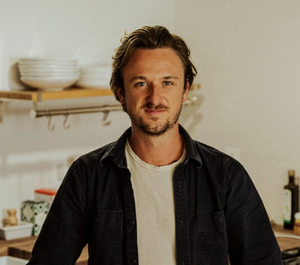This cookware guide covers everything that I think you need to get started in the kitchen.
This guide takes a minimalist approach to stocking your kitchen– it focuses on the few items you really need and that you'll get actual use from.
The truth is that you don’t need a super dialed-in kitchen setup to get started. You can adapt based on what you have available. I’ve cooked some of my favorite meals at campsites and Airbnb kitchens where I just had a few random pots and pans available— the limitation forces you to get creative.
This guide covers what I consider to be the essential cookware. Each of these are multi-purpose, long-lasting pieces that you’ll use again and again. And I’ve narrowed it down to the basics.
- 3 Knives (chef’s knife, paring knife, and serrated knife)
- Cutting Board
- Cast Iron or Carbon Steel Skillet
- Stainless Steel Skillet
- Saucier
- Stock Pot
- Sheet Tray + Wire Rack
- Utensils
If you have any questions about this guide or need help adapting to this course based on what you do have available, ask me here!
COOKWARE SETS
If you want to buy a cookware set, I recommend looking at sets from Made In and Heritage Steel.
Knives
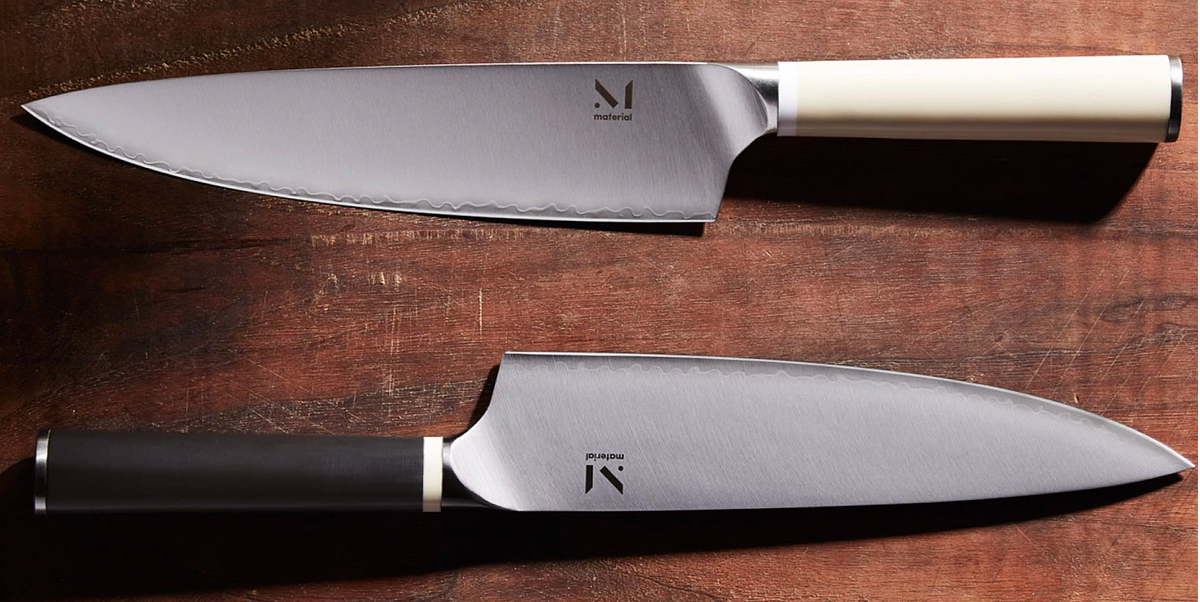
A good chef’s knife is the single most important tool in your kitchen. You’ll use it every time you cook. I also like to have a paring knife for things that require a bit more dexterity and precision, as well as a serrated knife (also called a bread knife) for things that require some grip.
That said, you can do 90% of what you need to do in the kitchen with just a chef’s knife. My suggestion is to focus on buying the highest-quality chef’s knife you can afford— paring knives and serrated knives don’t require as much of an investment.
While I usually don’t recommend knife sets— most of them are trying to sell you a bunch of knives you don’t need at an inflated price— there are a couple companies offering 3-knife sets with the pieces mentioned above.
- Material Kitchen’s Knife Set
- Hedley & Bennett
- Made In (4 pieces but still a great value)
My Recs:
- Chef’s Knife: Misono UX10 Santoku, Shun Classic, Material Kitchen, Made In
- Paring Knife: Made In, Material Kitchen
- Serrated Knife: Made In, Veark, Victornox
Cutting Board
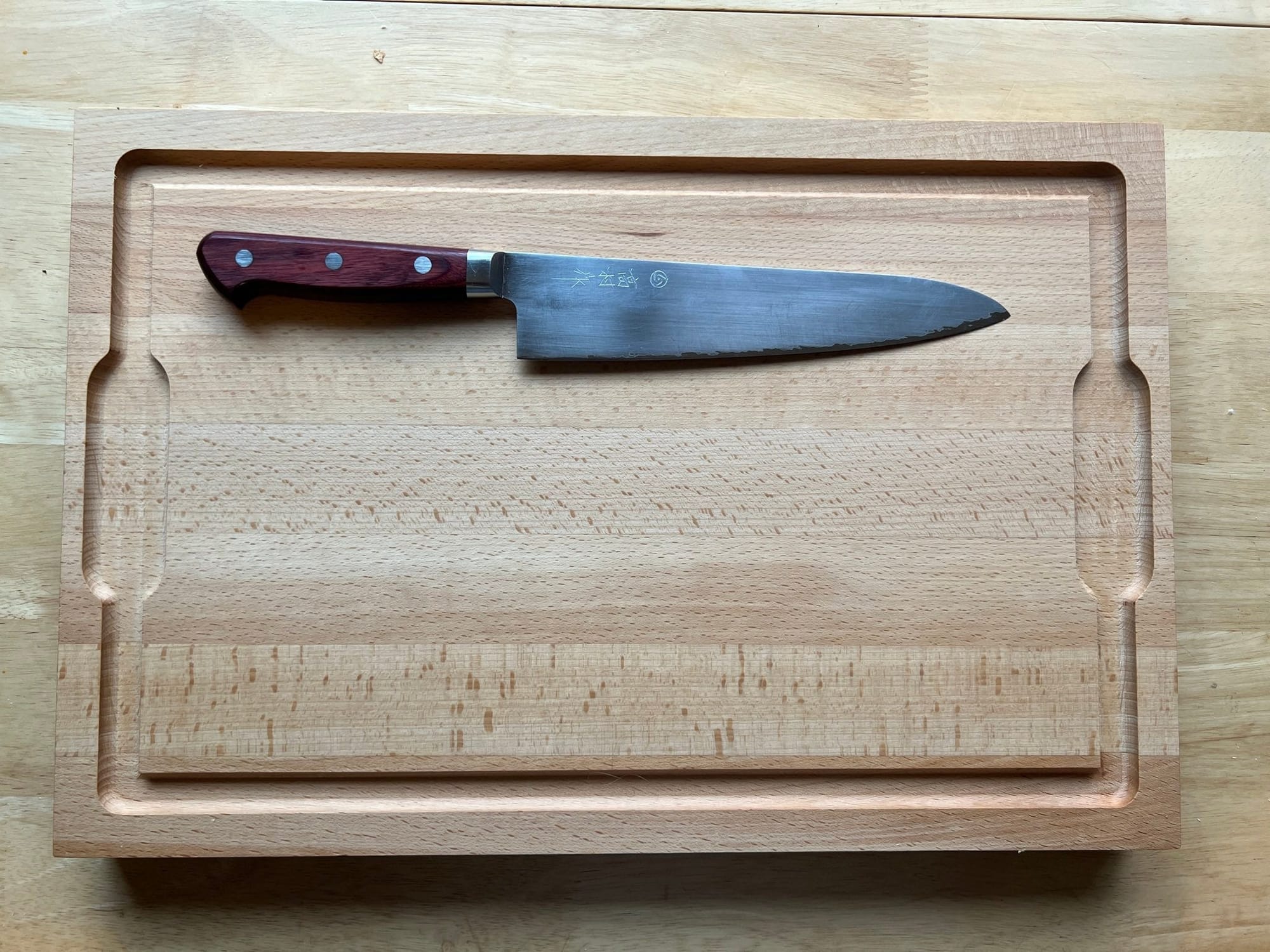
One good cutting board is all you need for your food prep. There are a lot of different options out there, but my preference is for a good-quality wooden board. I own several different cutting boards, but 95% of the time, I use my butcher block.
First, wood has incredible natural anti-microbial properties that make it even safer to use than alternatives. Second, you don’t have to worry about plastics leaching into your food (this is a major issue with plastic cutting boards). Wood boards are gentle on your knives, look and feel amazing, and will last forever with just a bit of care. Some cheap wood boards are made from low-quality wood that’s glued together— not only can the glue melt or leach, but those boards are also much more fragile. Make sure you get something high-quality.
While I use my butcher block for most things, I also keep a couple of Epicurean boards on hand. These boards are made from wood composite– they're lightweight, easy to clean, and dishwasher-safe. These are a great additional item to have on deck for easy cleanup.
My Recs:
Made In Butcher Block, Boos Block, Epicurean
Cast Iron or Carbon Steel Skillet
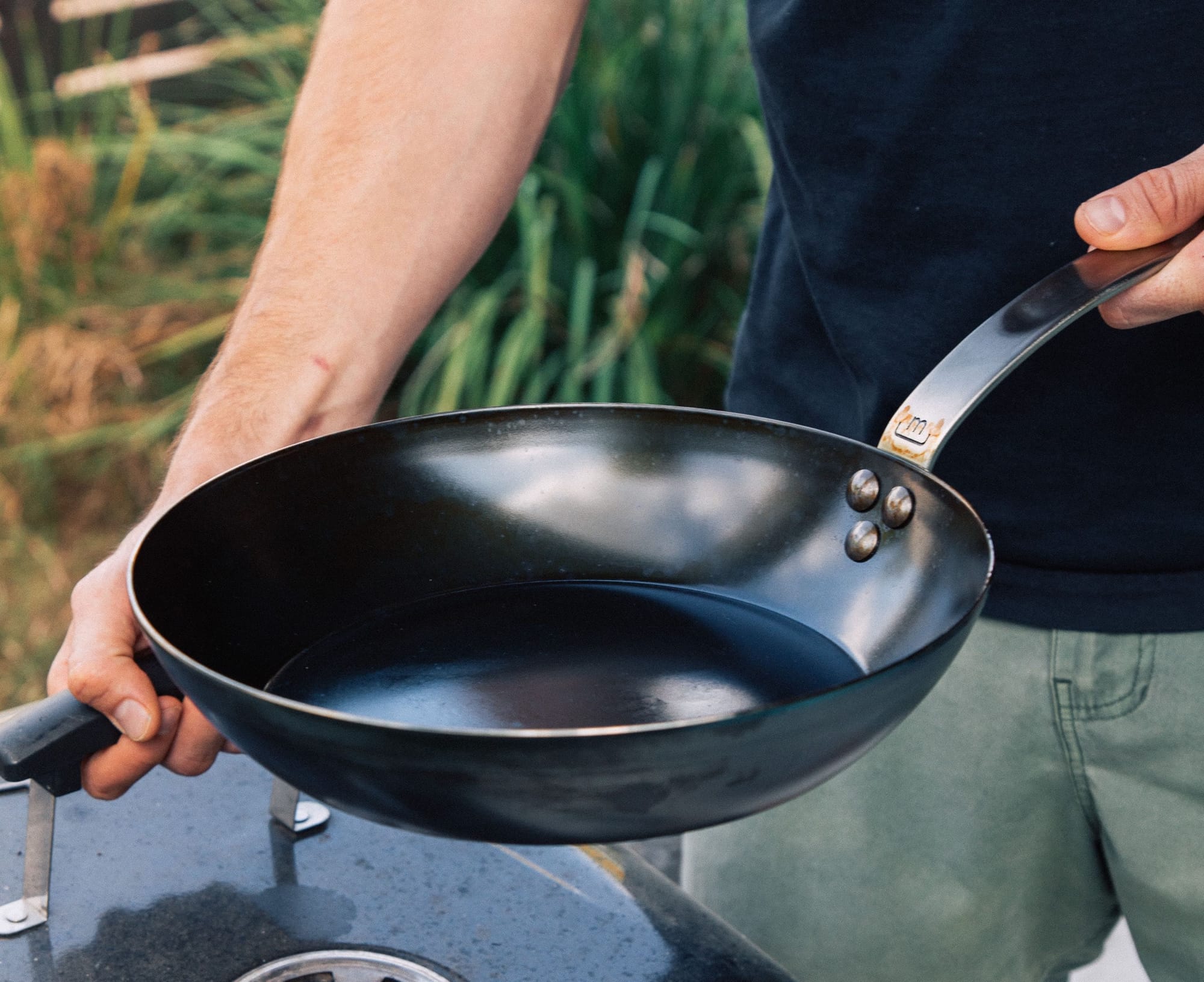
A good cast iron or carbon steel skillet is an indispensable tool in the kitchen. They're durable, last forever, improve with time, and are highly versatile.
You can't go wrong with either material. They perform very similarly, but I have a slight preference for carbon steel because it's more lightweight and it heats up and cools down faster.
My Recs:
- Carbon Steel: Made In Blue Carbon Steel, De Buyer, Matfer
- Cast Iron: Field, Smithey, Butter Pat, Lodge
- Enameled Cast Iron: Made In, Le Cruset
Stainless Steel Skillet
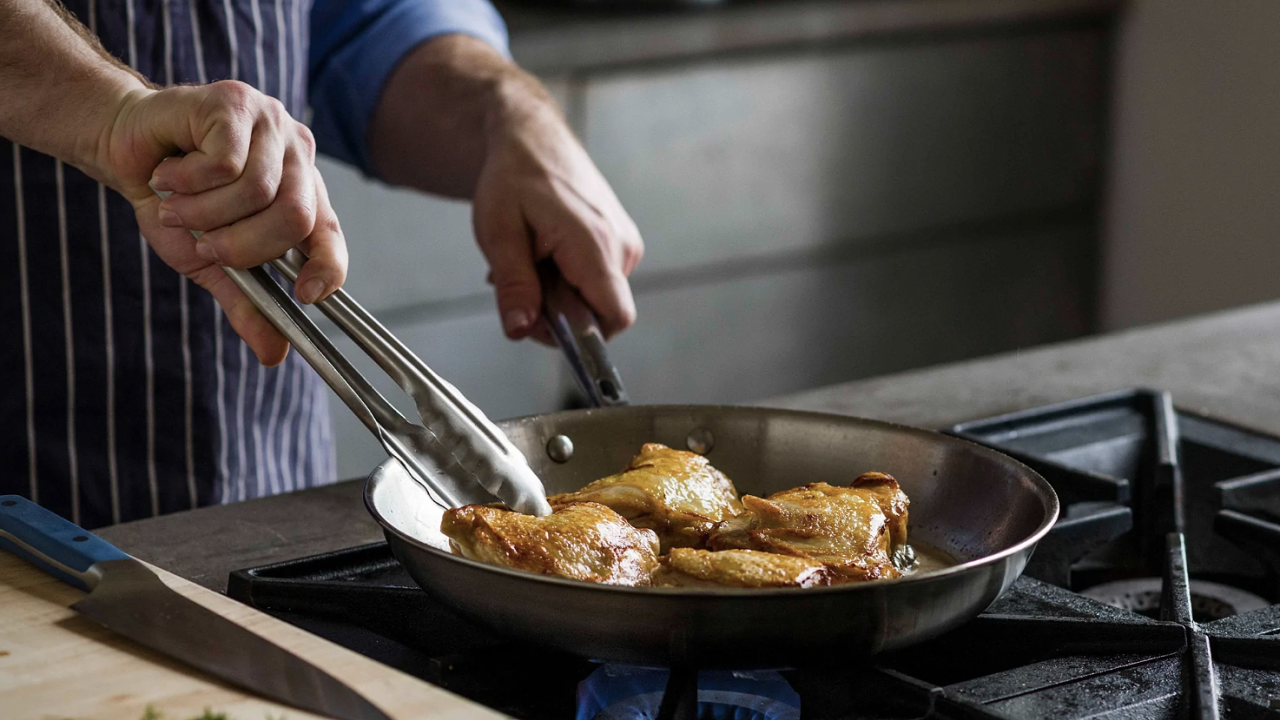
It’s very important to have at least one heavy-bottomed skillet. This can be stainless steel (my personal preference), carbon steel, or cast iron. A good skillet is indispensable— it will likely be the piece of cookware you use the most.
I personally like stainless steel the best. Unlike cast iron and carbon steel, it does not require any seasoning and is ready to go right out of the box. Because of this, it also means that you can cook anything in a stainless steel pan without having to worry about it being reactive or stripping the seasoning. So stainless steel pans are the most versatile pans out there. And once you learn how to properly calibrate them, you can pretty easily prevent food from sticking (I’ll show you how in the course). I recommend a 10in skillet.
My Recs:
- Stainless Steel: Made In, Heritage Steel, De Buyer
Saucier

I’m somewhat obsessed with saucier pans. I use mine all the time, and I consider it one of the most versatile, useful, and underrated pieces of cookware.
A saucier gets you many of the best elements of a skillet, a saucepan, a small stockpot, and a Dutch oven rolled into one. It has sloped edges, a wide opening, and deep walls. This makes for easy stirring and allows you to cook things that might stick in the corners of a saucepan. It’s also oven-safe with a lid (so you can braise), lightweight, and easy to clean.
I use this for soups, stews, braises, curries, rice, beans, polenta, oatmeal, risotto, pasta, sauces, poaching and a bunch more.
I own a 3QT saucier, which is perfect for feeding 1-3 people. If you want to cook larger batches, I’d recommend sizing up to a 5QT.
My Recs:
Stock Pot
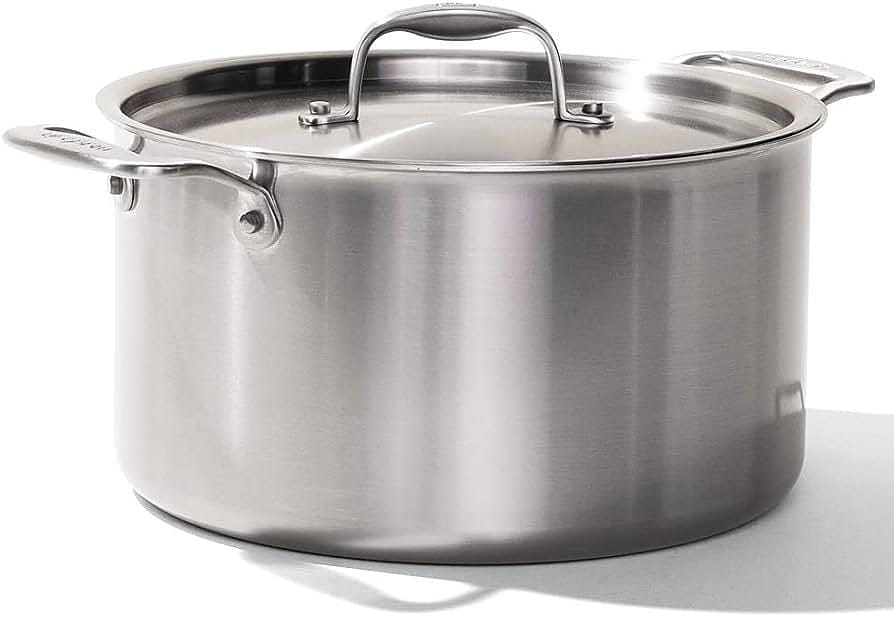
I personally spent years not owning a stock pot and instead just used my saucier for everything I’d need one for. But the truth is that a stock pot comes in handy a lot, especially if you’re cooking for larger groups of people. You can use it in all the ways you’d use a saucier, but it also works for larger soups, stews, broths, pastas, and braises.
My Rec:
Sheet Tray + Wire Rack
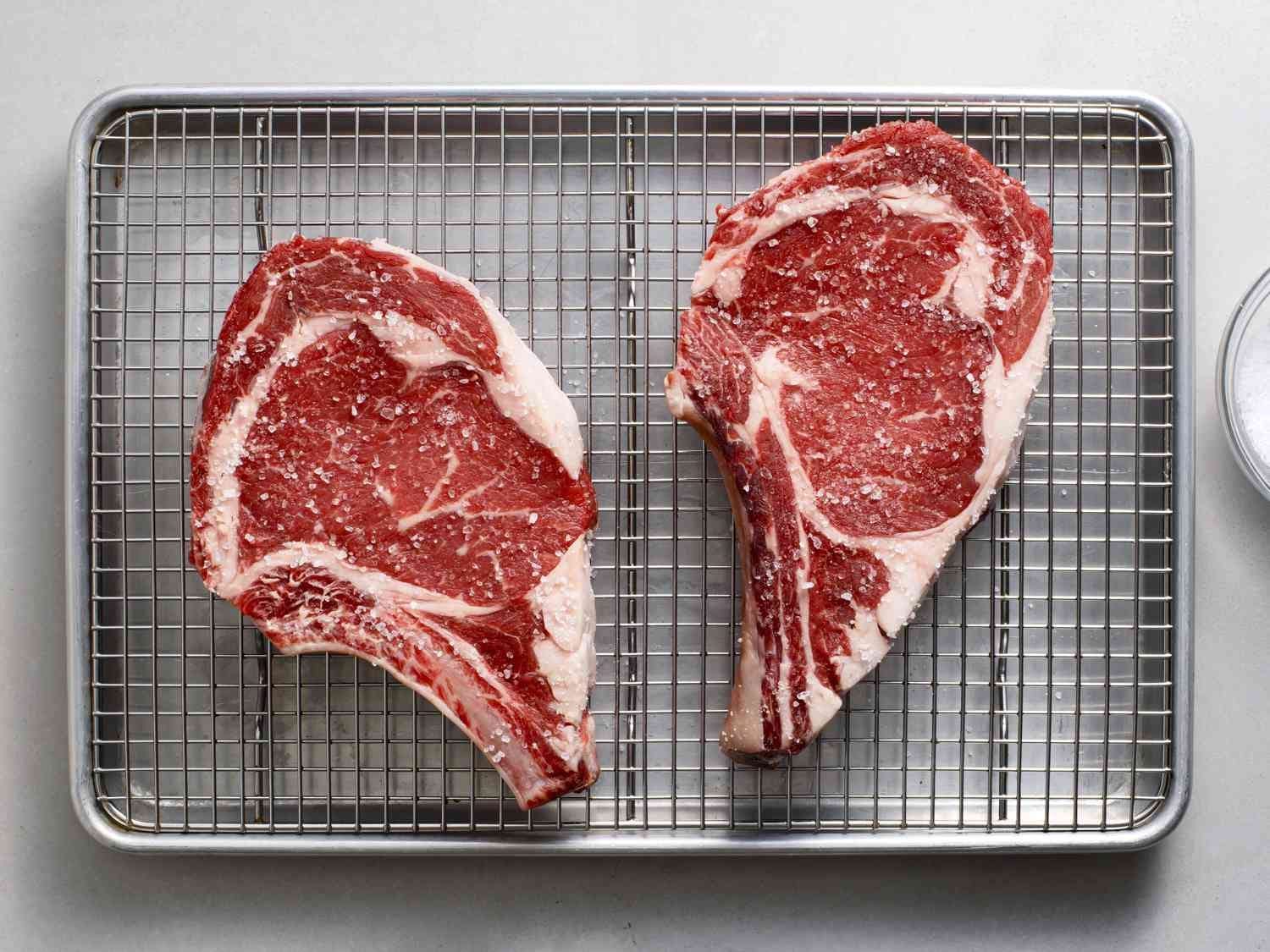
I recommend having a few sheet trays (both half sheets and quarter sheets) for any kind of roasting. I also like to add on a wire rack for cooling, resting, and dry brining.
My Recs:
Kitchen Utensils and Prepware
Finally, I have a few choice utensils and pieces of prepware that I recommend. This is a list of everything that I have, and I love and use them all. But if you have any questions about what you might specifically need, feel free to ask me!
Prepware
- Deli Containers for mise en place and storage
- Stainless Steel Bowl Set for prep
- Bench Scraper
